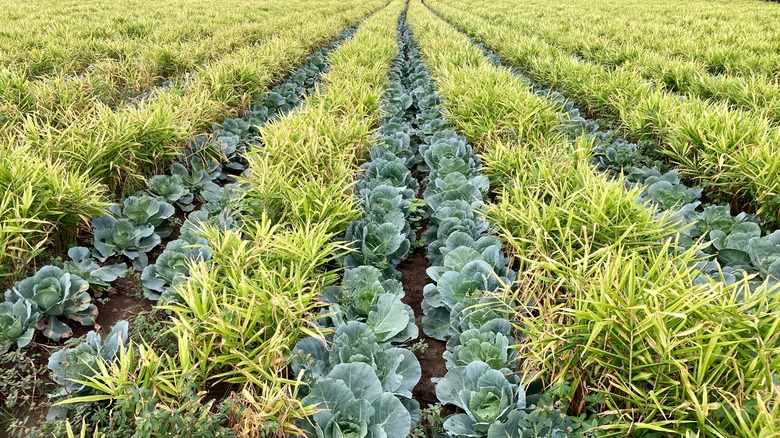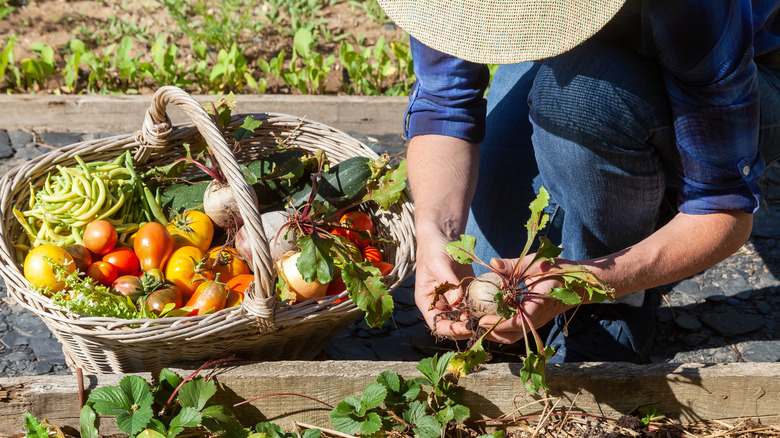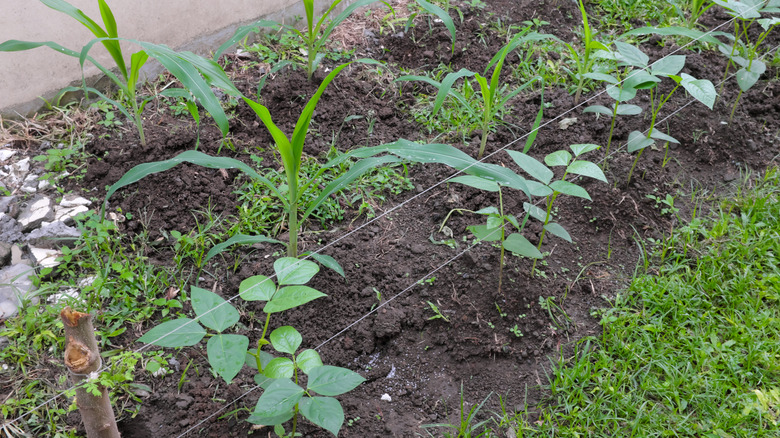What Is Intercropping And Why Should You Keep It In Mind When Gardening
Intercropping is a farming or gardening technique where two or more different crops are cultivated together in the same space at the same time. The crops selected for intercropping are chosen based on their compatibility in terms of growth habits, nutrient uptake, light requirements, and other needs. You should consider this technique while gardening to optimize your space, increase productivity, and enhance overall sustainability. The practice of intercropping can also make you a more skilled gardener as it provides an opportunity to learn more about plant and ecosystem dynamics and helps you be more sustainable.
One common example of this age-old practice is the combination of beans, corn, and squash. The beans contribute to the corn's growth while the squash reduces weeds and even deters deer. Some other good combinations are spinach and corn because they are fast and slow-growing, and tomatoes and basil because they will repel each other's pests.
The benefits of intercropping
Intercropping helps your plants, your garden, and the environment as a whole. The first benefit is diversification. Planting a variety of crops together can increase the diversity of produce in your garden. This not only provides you with a wider range of fresh produce but also adds biodiversity to the ecosystem. It also facilitates space optimization because growing different crops together uses the space in your garden more effectively. By also growing the right types together, they can have a positive impact on each other's growth because the right crop combinations will create more favorable conditions for each other.
Another reason to keep intercropping in mind when gardening is it helps your soil. Because different crops have different nutrient requirements, this practice can help reduce soil nutrient imbalances as the demands of one crop might be balanced by the contributions of another. This can also help extend your growing season. For example, you can plant quick-growing crops alongside slower-growing ones, allowing you to have more harvests.
How to intercrop
Successful intercropping requires careful planning, while research and experimentation are key to finding the right combinations that work well, so you don't put competing crops together or make other mistakes. Some basic combinations are high and wide-growing crops, shallow and deep-rooted crops, crops with contrasting sunlight needs, and crops from opposite families.
When you have the right combinations, you can apply the right techniques. Two to consider are relay cropping and undercropping. Relay cropping involves sowing the second plant just before the first is ready to be harvested. With a few weeks between, the different crops won't have time to start struggling for resources. Undercropping involves combining crops that grow differently so they can help out where the other is lacking, like a tall crop providing shade to another that doesn't always need the sun. Another technique is to mix crops based on how long it takes for them to mature. This takes advantage of any unused space around slow-growing crops.


